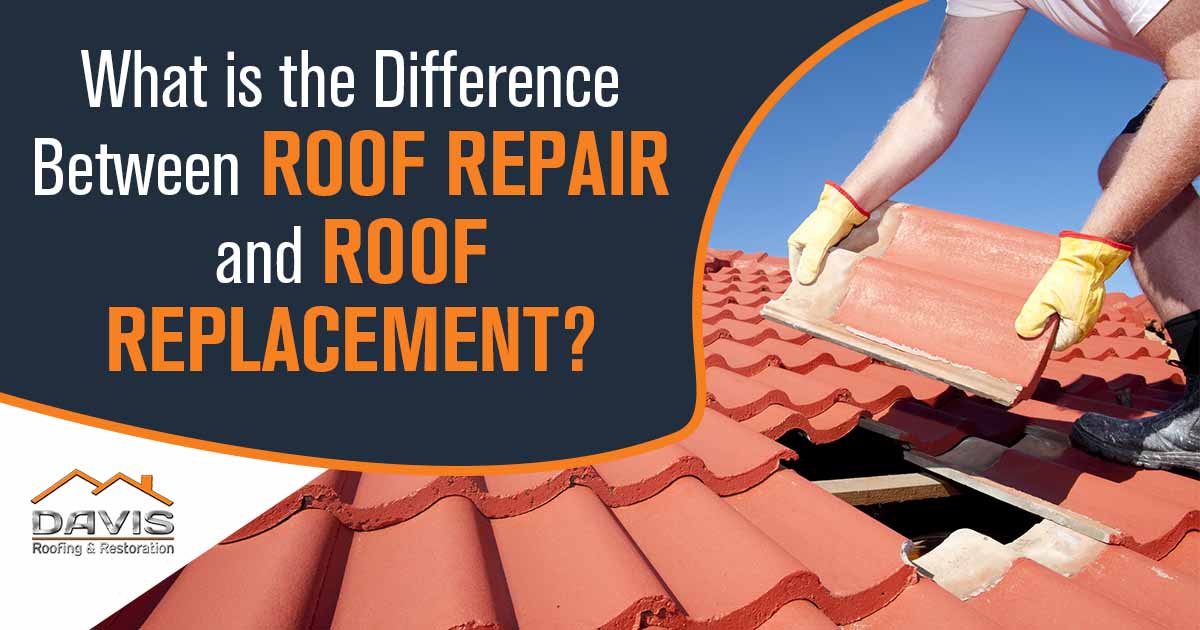How to Choose Roofing Underlayment
If you are looking for a roofing underlayment for your home, you’ve come to the right place. While there are a number of options available, here are some things to consider before choosing the perfect product. First of all, you should consider the slope of your roof. While most synthetic underlayments are approved for low slopes of up to 3:12, you may need to cover the slope with 50 percent overlap before installing the underlayment. A better approach is to cover the slope entirely with a peel and stick membrane. metal roofing suppliers
Besides price, you should consider what type of roof you have. If you have a metal roof, you will need a synthetic underlayment to prevent heat from escaping. Likewise, if you have a traditional asphalt shingle roof, you should choose a roofing felt underlayment. In addition to the roof type, you should take the local building codes into consideration when deciding on the right roofing underlayment for your home.
When choosing roofing underlayment, you should consider its durability and moisture resistance. The NRCA suggests using materials that can withstand temperatures between 300 degrees Fahrenheit and 500 degrees. It’s also recommended to pick a product with a fire-resistance rating of Class A, which prevents sparks from a chimney from igniting the roofing materials. In case of a fire, a higher-rated underlayment will prevent the spread of the fire, as well as extend the life of your roof.
Felt is an underlayment made from fiberglass or cellulose. It has a pliable consistency and resists moisture and fungal growth. It’s not waterproof, but it’s a good choice for steep roofs and high humidity. It’s a good choice for a roof covering, but some manufacturers may not honor warranties for synthetic underlayment. The chemistry of synthetic roofing varies from manufacturer to manufacturer, so make sure you read all the information before you purchase it.
Whether you’re installing a metal or a shingle roof, you’ll need to use the right roofing underlayment. If you choose to install metal roofing, you’ll need to choose an underlayment that will match the lifespan of the metal. If you plan to use metal, it’s also important to check the manufacturer’s warranties before purchasing metal roofing underlayment. You’ll be glad you did.
Another important consideration when selecting roofing underlayment is the type. Certain products can be expensive. Synthetic underlayment products are able to withstand up to a year of UV exposure. While the higher-quality materials are expensive, they also offer better protection from heat and cold. Synthetic underlayment is best for homes located in highly affected areas where storms occur frequently. And remember that you can choose any type of roofing material that will match the type of underlayment you choose.
Synthetic underlayment is composed of a basemat of fiberglass or asphalt. It’s a high-quality option that features scrim reinforcement for added slip resistance. Most synthetic underlayment products also contain a protective membrane. The downside to synthetic underlayment is that it’s generally more expensive than asphalt-saturated felt. And remember, the synthetic underlayment is lighter than asphalt-saturated felt.



